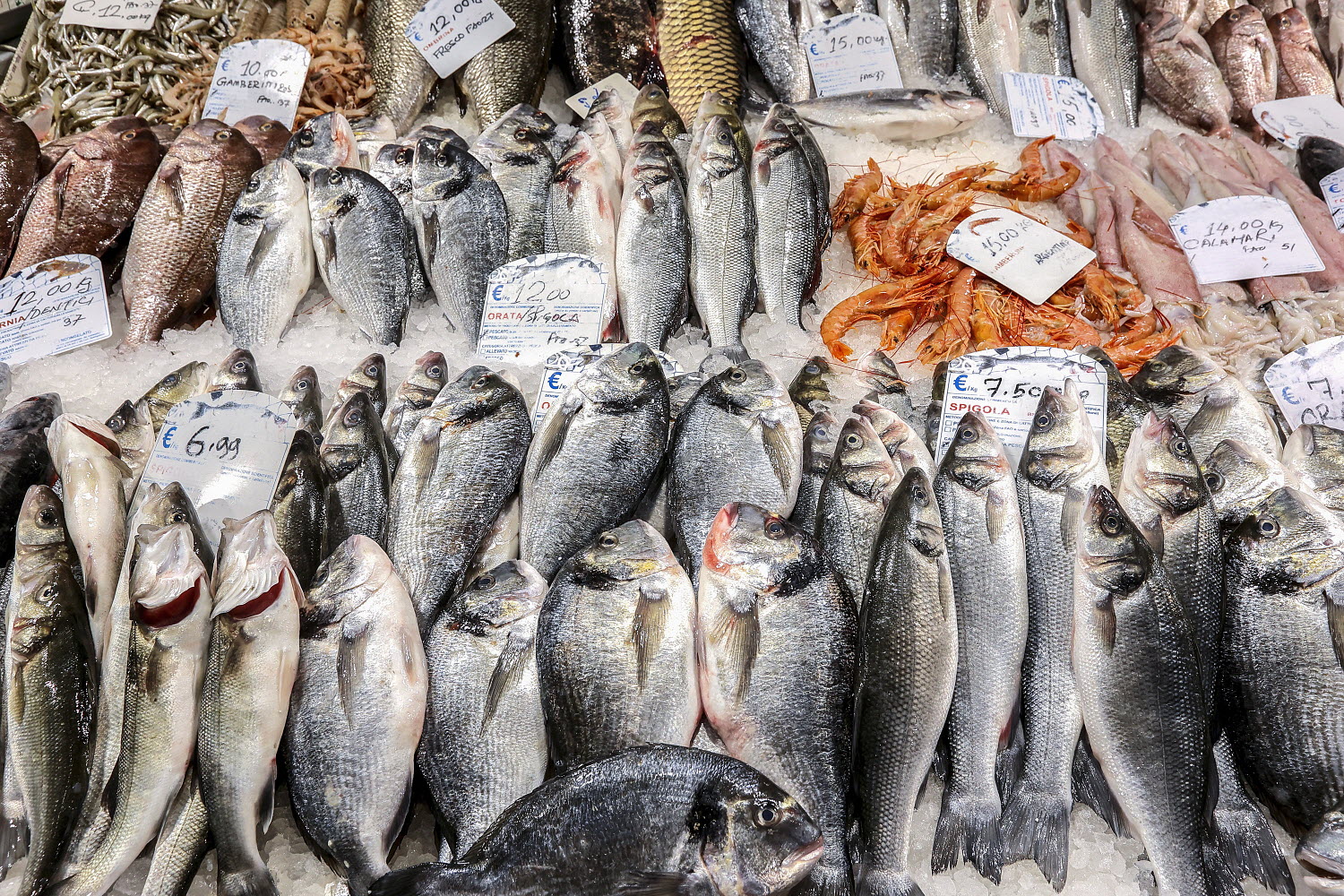Global fish economy: Production and trade to grow in 2022, prices remain strong overall

Production and trade grew slightly, with fish consumption recovering to 2018 levels due to strengthening demand. Global fish production increased by 1.2 percent in 2022 to 184.1 million tonnes. Output from aquaculture will grow by 2.6 percent, remaining marginally behind its long-term growth rate of 3.3 percent between 2015 and 2020. High fuel prices, lower quotas on important stocks and poor weather in key fishing grounds all contributed to a slowdown in capture fisheries, which will fall by 0.2 percent to 92.1 million tonnes.
Despite a modest increase in trade volume, inflation and high prices led to rapid rises in trade revenue, which grew to USD 193.5 billion, up 10.7 percent year-on-year. Much of this increase was from Ecuador, China and Norway, with exports from these countries expected to increase by 20 percent to USD 8.1 billion. Ecuador benefitted greatly from expanded production, further cementing its position as the top global exporter. Production reached over 1 million tonnes in 2021, and projections indicate a 30 to 35 percent increase for 2022. International salmon prices hit a ten-year high in May, which together with high prices for groundfish, pushed Norwegian export revenues up by 18 percent. For imports, the United States of America and China, which together account for 36 percent of the value of imports, saw imports grow by 13 percent and 11 percent, respectively. The European Union, the largest market by value, saw reduced import volumes, while the value of imports grew by just 1 percent.
Globally, slowing real consumer spending played a significant role in reigning in crude oil and freight prices. The Brent Index for crude oil is now lower than before the Russian invasion of Ukraine. Freight costs are stabilized somewhat after recording steep declines in mid-2022, although inflation and sluggish economic growth made demand outlook uncertain. Both of these developments have decreased upward pressure on fish prices.
In September 2022, the Norwegian government announced plans to introduce a 40 percent tax on most salmon farming companies. This was met by fierce opposition from the industry and sent shockwaves through the market. Regardless of the final agreement, significant disruption for the industry was anticipated for 2023, which given Norway’s role as the major exporter of salmon would have considerable implications for international markets.
The FAO fish price index recorded a 6.8 percent increase between January and September 2022. Most of the rise was associated with wild capture fisheries, with cod prices increasing by 34 percent while small pelagics increased by 98 percent. Aquaculture prices did spike between May and June, but a subsequent reduction in prices for species such as salmon and shrimp brought the September aquaculture index down to 6 percent below January levels. Pangasius, a predominantly farmed species, bucked this trend as a result of increased demand as an alternative to scarce and expensive cod and haddock.

